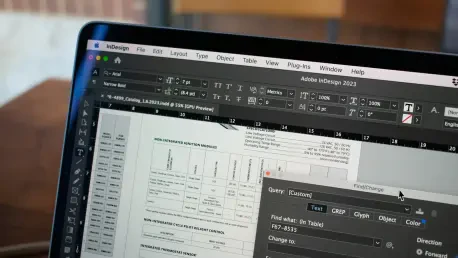
The construction industry faces a myriad of challenges today, including aging infrastructure, extreme weather fueled by climate change, and escalating costs for materials and labor, prompting a critical need for innovation. To navigate this turbulent landscape, embracing advanced technologies such

Recent developments in technology have profoundly impacted various industries, with architecture experiencing some of the most radical changes. Architectural rendering software has become an invaluable tool in the architectural sphere, overshadowing traditional methods with digital innovations.

The backdrop of today's digital age is witnessing an exceptional convergence of artificial intelligence and building information modeling (BIM) software, signaling a profound shift in how industries approach design and simulation tasks. With technological advancements reshaping traditional

In recent years, the Architecture, Engineering, and Construction (AEC) industry has faced increasing demands for efficiency, collaboration, and innovation, necessitating new technological solutions. Building Information Modeling (BIM) has emerged as a cornerstone of modern architectural practices,

The Architecture, Engineering, and Construction (AEC) sector is undergoing a significant transformation, spurred by the convergence of artificial intelligence (AI) and cutting-edge technology. This evolution is seen most prominently in the transition from 2D to 3D formats. Although Building

Artificial intelligence has transformed countless industries through enhanced efficiency and novel capabilities, profoundly impacting the construction sector. This industry has increasingly acknowledged AI's potential to improve operational processes, particularly in architecture and